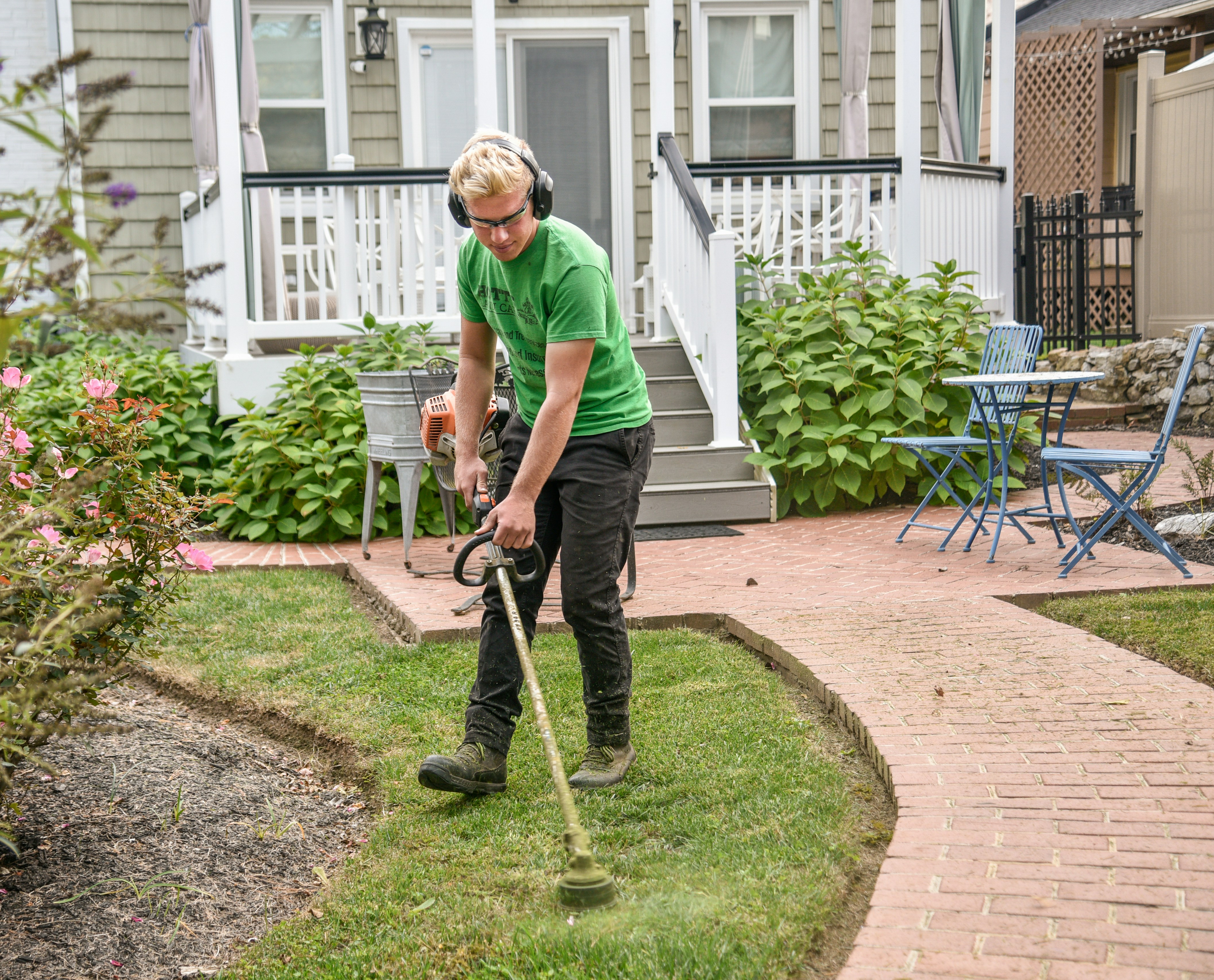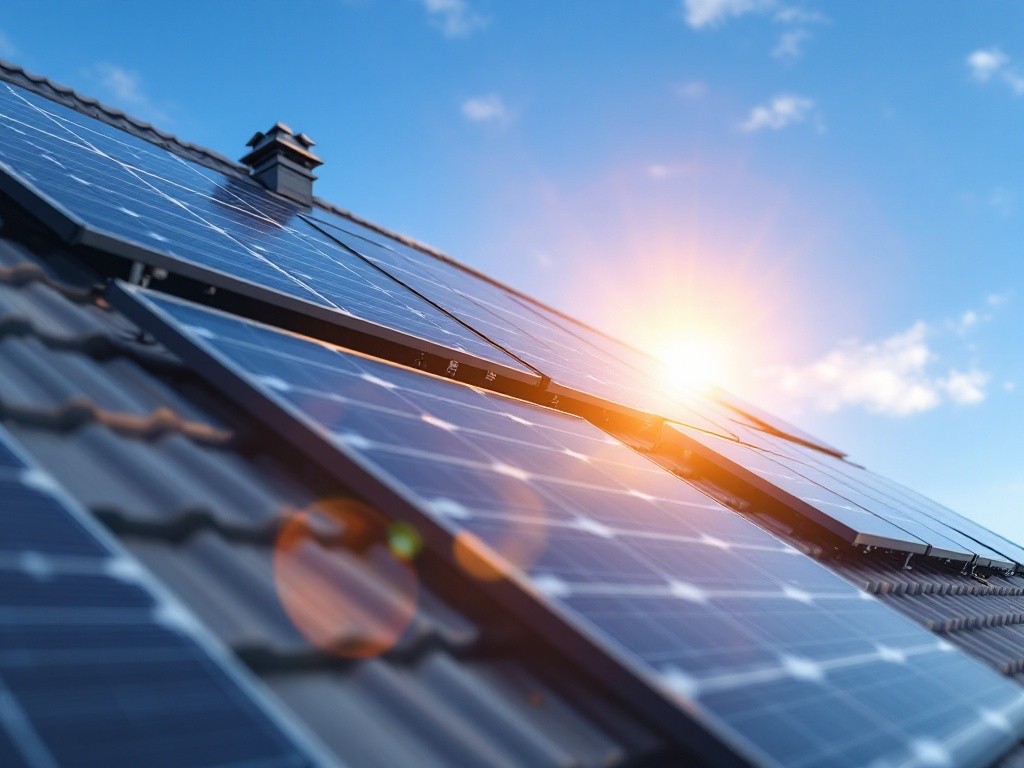Real Estate Tips
Green Investments: Enhancing Your Property with Landscaping
Investing in landscaping is a strategic and aesthetically pleasing way to elevate your property, creating a welcoming outdoor living space while boosting its overall value. Whether you're looking to enhance curb appeal or create a backyard oasis, thoughtful landscaping can make a significant impact. Here's a comprehensive guide to help you navigate the process of investing in landscaping for both immediate enjoyment and long-term property value.
1. Define Your Goals and Vision:
Outdoor Living or Curb Appeal: Clarify whether your primary focus is on creating a beautiful outdoor living space for personal enjoyment or improving curb appeal to increase the property's attractiveness.
2. Budgeting for Landscaping Projects:
Allocate Funds: Determine a realistic budget for your landscaping projects. Allocate funds based on the scale of improvements you envision, considering both hardscape and softscape elements.
3. Prioritize Key Landscaping Elements:
Hardscape Elements: Consider incorporating hardscape elements such as pathways, patios, decks, and retaining walls. These features add structure and functionality to your outdoor space.
Softscape Elements: Softscape elements include plants, trees, flowers, and other living elements. Plan the arrangement and selection of softscape components to achieve a harmonious and visually appealing landscape.
4. Consult with a Professional Landscape Designer:
Professional Input: Engage the services of a professional landscape designer. A designer can provide expert insights, recommend suitable plant varieties, and create a cohesive design that aligns with your vision and budget.
5. Select Suitable Plants and Trees:
Native and Low-Maintenance Plants: Opt for native plants that thrive in your region and require minimal maintenance. Consider drought-tolerant varieties to promote water efficiency.
6. Incorporate Outdoor Living Spaces:
Outdoor Seating Areas: Integrate outdoor seating areas, whether through the addition of a patio, deck, or cozy garden nook. Comfortable and well-designed outdoor spaces enhance the usability of your property.
7. Implement Sustainable Landscaping Practices:
Water Conservation: Prioritize water-efficient landscaping by incorporating features like drip irrigation systems, rain gardens, and permeable paving. Sustainable practices not only conserve resources but also appeal to eco-conscious buyers.
8. Install Proper Lighting:
Ambient Lighting: Install outdoor lighting to create ambiance and extend the usability of your outdoor space into the evening. Consider options like pathway lights, string lights, or strategically placed fixtures to highlight key features.
9. Plan for Seasonal Appeal:
Year-Round Interest: Choose plants and design elements that provide visual interest throughout the seasons. This ensures that your landscaping remains appealing and vibrant, enhancing the property's curb appeal.
10. Regular Maintenance and Upkeep:
Landscaping Maintenance Plan: Develop a landscaping maintenance plan to ensure the longevity and attractiveness of your outdoor space. Regular upkeep, pruning, and lawn care contribute to the overall health of your landscaping.
11. Enhance Privacy and Security:
Strategic Planting: Strategically plant trees, shrubs, or hedges to create privacy zones and enhance the security of your outdoor living spaces. Well-placed greenery can act as natural screens.
12. Consider Smart Landscaping Features:
Smart Irrigation Systems: Explore smart irrigation systems that adjust watering schedules based on weather conditions. These systems contribute to water efficiency and can be controlled remotely.
Automated Lighting: Implement automated outdoor lighting systems that can be programmed and controlled for convenience and energy efficiency.
13. Document Landscaping Improvements:
Photographic Record: Document the progression of your landscaping improvements with photographs. This visual record can be valuable for future reference or when showcasing the property to potential buyers.
14. Local Regulations and Permits:
Check Local Regulations: Be aware of local regulations and permits related to landscaping projects. Some municipalities may have guidelines regarding the types of plants, structures, or landscaping features allowed.
15. Adaptability for Future Changes:
Flexibility in Design: Design your landscaping with flexibility in mind. Opt for arrangements and features that can be adapted or expanded upon in the future as your needs and preferences evolve.
Investing in landscaping is an enriching journey that not only transforms your property into a visual masterpiece but also contributes to increased property value. Thoughtful planning, sustainable practices, and a focus on creating inviting outdoor spaces ensure that your landscaping efforts yield both immediate satisfaction and long-term benefits.




